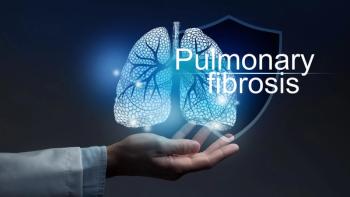
Mathematical Modeling Speeds Process Scale-Up and Transfer at P&G
Arlington, VA (Sept. 12)-At the American Association of Pharmaceutical Scientists meeting here, "e;Real World Applications of PAT and QbD in Drug Process Development and Approval" (Sept. 11-12), chemical engineer and process modeler Michael L. Thompson, PhD, described how Procter & Gamble (West Chester, OH, www.pg.com) applies these mathematical tools to increase product quality and reduce development and trouble-shooting time for consumer and pharmaceutical products.
Arlington, VA (Sept. 12)-The emerging quality by design approaches focus not on traditional unit processes, but on the transformations they produce in product characteristics, especially those critical to product quality.
For example, an operation that mixes an active ingredient in aqueous solution with an organic polymer by combined agitation and stirring becomes a series of transformations: homogenization/emulsification (with changes in mass, energy, and particle-size distribution); work (mechanical energy input in mixing, heat dissipated by viscous dissipation); thickening (changes in viscosity) and so on.
At the American Association of Pharmaceutical Scientists meeting "
In his talk, "Using Mathematical Models to Optimize Consumer Products and Pharmaceuticals," Thompson described how his group developed mathematical models for a calendaring process-a roller-pressing of a substrate that produces a thinner, smoother strip found in the production of oral strips and impregnated nonwoven fabrics.
The method requires a series of experiments to correlate all of the process variables (input dimension, feed pressure, pressing pressure, roller speed and diameter, coefficients of friction of the rollers, temperature, for example) with the key process attribute, in this case the thickness of the output strip.
Thompson's described mathematical and computational methods that resolve the experimental data into a matrix of dimensionless operators (compaction indices, load resistance, kinetic-energy ratios, density ratios) that transform the input-state vector into an output vector that completely describes the effects of the unit process.
Though the effort required to build the models is substantial, Thompson described significant time- and money-saving advantages in transferring processes from pilot to commercial scale and in moving processes from one production site to another.
Newsletter
Get the essential updates shaping the future of pharma manufacturing and compliance—subscribe today to Pharmaceutical Technology and never miss a breakthrough.





